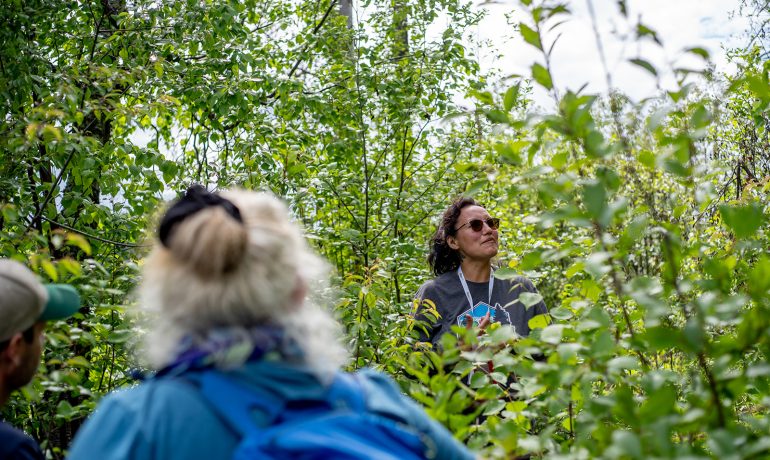By Fran Yanor, The Rocky Mountain Goat
McBride’s pursuit of a black pellet biofuels plant may get a boost from the B.C. government.
Boreal Bioenergy has proposed to build a plant in McBride, said McBride mayor Gene Runtz. But the opportunity is partly contingent on getting access to enough local deciduous and wood fibre sources to feed the process.
It could be good timing for McBride as the Province recently announced a $13 million investment to develop bioeconomy in the forestry sector. A portion of that funding is earmarked to increase inventory efforts of wood fibre around the province.
“One thing that investors need to know is how much fibre is available for bioeconomy activities whether that’s pellets or pulp or biofuels,” Forests Minister Doug Donaldson told The Goat last week. “We’ve been pretty good at inventorying the forest resources for dimensional lumber, saw logs. We have to get better at having a sound inventory for other fibre that can be used in the forest for bioeconomy purposes.” Donaldson is also the
Minister of Lands and Natural Resource Operations, and Rural Development.
To meet the continuing needs of the torrefied pellet operation, McBride will have to find more fibre than is available locally. “Their intent is to use this real poor quality wood that post and rail plants can’t even use,” said
Runtz. The community is looking further afield for possible fibre sources.
Both Donaldson and Premier John Horgan have been promoting forest ‘revitalization’ strategies to shift the sector from exporting raw materials to more value-added products. Pellets, biofuels and plastic replacements have promise because they can use wood waste fibre like tree tops, branches, deciduous, non commercial trees and non-sawlog components usually considered waste.
“The potential is endless for the kind of products that can be created from that fibre,” Donaldson said, also citing the burgeoning sector of wood products to replace plastics. Wood fibre can be used as a “basic building block” in applications that would otherwise use all plastics such as manufactured car parts. The wood and a cellulose component would be combined with plastics, replacing say, 20 to 30 per cent, making the product more sustainable.
“After ecological considerations of having enough course woody fibre on a landscape to support various ecosystems, then what remains can be very useful,” said Donaldson.
Related Post
As Published in Canadian Forest Industries Magazine, Pulp & Paper Magazine and Canadian Biomass Magazine
Jennifer Gunter’s Op Ed, “Community Forests: Rooted in Community,
Minister of Forests Mandated to Expand BC’s Community Forest Program
In the recently released mandate letter to the Minister



